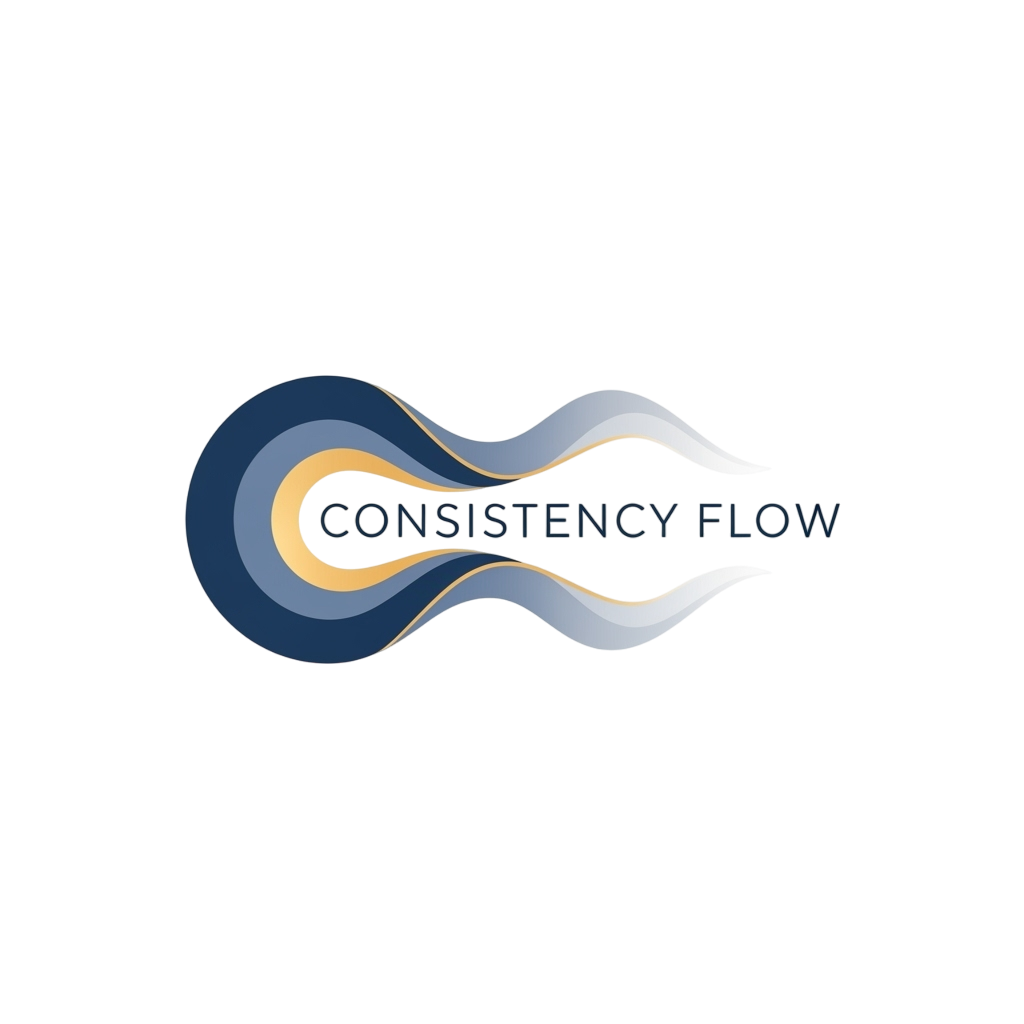I figured out how to maintain running consistency during a six-month strategic planning cycle, but not the way I expected.
The breakthrough wasn't better time management or stronger willpower. It was realizing that my running habit and reading goal—two separate things I kept failing at—could actually support each other.
For two years, I'd been trying to build a consistent running practice in isolation. Start with enthusiasm, maintain for a couple weeks, then hit a demanding work period and watch it collapse. The cycle repeated enough times that I started to recognize the pattern, but not how to break it.
The solution came from an unexpected place: integrating two struggling habits into one reinforcing system.
The Pattern I Couldn't Break
Running made perfect sense for my fitness routine. I lift weights during the week for strength, and a weekend 10K provides the cardio balance. The structure worked on paper. The problem was **execution during reality**.
Every few months, I'd restart with fresh determination. Week one: solid. Week two: momentum building. Week three: a board crisis, unexpected travel, or accumulated exhaustion from managing strategic initiatives—and the habit would quietly disappear.
Not dramatically. Just... gone.
I'd been approaching this like an isolated goal that needed willpower to sustain. But willpower was precisely the resource that depleted during demanding work periods. I needed something structural, not motivational.
The Ecosystem Hypothesis
I'd also been trying to read more—another personal goal consistently failing during busy periods. Books piled up on my nightstand with good intentions. I wanted to read one book monthly, but like running, this goal kept slipping when work intensified.
Then I discovered James Nestor's Breath—a book specifically about respiratory performance and endurance. Suddenly, an idea clicked: what if reading and running weren't competing goals fighting for limited bandwidth? What if they could **reinforce** each other?
Reading about breathing technique gave me reason to experiment during runs. Running gave me practical application for what I was reading. Each habit could support the other instead of depleting the same willpower reservoir.
This was **ecosystem thinking**—creating structural support for habits rather than relying on motivation alone.
The Stress Test: Executing Under Strategic Demand
The timing for testing this approach couldn't have been more challenging. We were entering a six-month strategic planning cycle culminating in a major board presentation. The kind of initiative that consumes evenings, weekends, and every spare mental cycle.
Previously, this would have been the crisis that killed my running habit. This time, I had a different system.
I committed to two integrated practices: One book per month related to performance improvement. Sunday 10K runs where I'd implement what I'd read. Not perfect execution—**systematic practice.**
Breath introduced me to nasal breathing techniques during running. I approached it like any business hypothesis: **test systematically, measure objectively, adjust based on data.**
The reading habit locked in naturally. Each book informed the next running experiment. Meanwhile, the board presentation work intensified. The exact conditions that had previously destroyed my personal habits.
The Dividend: Consistency Under Duress
Nine months later—the longest I'd ever maintained running consistency—I stood in front of the board presenting our strategic plan. The presentation succeeded. The professional outcome delivered.
The personal outcome surprised me more.
I'd run consistently through the entire demanding period. No restarts. No collapses. The system had survived conditions that previously guaranteed failure.
More remarkable: **my 10K pace had improved by a full minute per mile.** Six minutes total. A 10% performance gain during the period I'd historically experienced performance collapse.
The consistency dividend wasn't just the improved running time. It was what **systematic practice during chaos** revealed about sustainable executive effectiveness.
What Actually Changed
Three elements made consistency finally work:
- **Integration Over Isolation:** They became interconnected parts of a reinforcing system.
- **Systematic Experimentation:** I applied business thinking—hypothesize, test, measure, optimize—rather than relying on heroic effort.
- **Crisis-Designed Architecture:** The system was engineered to function during the demanding work periods that had previously destroyed my habits.
The Business Transfer: Scaling Personal Architecture
The systematic consistency during professional pressure is what enabled both the running improvement and the successful strategic work. The energy management from consistent fitness meant **sustained cognitive capacity** during marathon planning sessions.
Most executives pause personal habits during demanding periods, planning to resume "when things calm down." But things rarely calm down at our level. The demanding periods aren't exceptions—they're the **operating environment**.
The consistency dividend comes from refusing to pause systematic practice when professional pressure intensifies. Not through heroic willpower, but through **ecosystem design** that makes habits structurally resilient.
The improvement—whether it's running pace, reading completion, or any personal effectiveness measure—isn't the goal. It's the proof that systematic consistency compounds even when conditions are hostile.
**True leadership is defined by the legacy you consistently build and sustain.** If the chaos of personal inconsistency is consuming the **mental energy** required for your most complex decisions, let's have an honest, **peer-to-peer discussion** about installing a predictable personal blueprint for your sustained, maximum **impact**.
